Developer: Konami Publisher: Konami Release: 02/09/88 Genre: Action
We live in a time now where a significant number of Japanese video games are released almost simultaneously worldwide. That is a tremendous feat regardless of title but is especially impressive for RPGs. Back in the 80s this was not the case. There were often months or even years between a game’s initial release and when it came to the west. If you were in Europe, it was even longer; Captain Skyhawk was a 1990 release in the states but was one of the last releases in Europe in 1994!
The most frequent reason for the delay was technical. The NES is a simple system with limited capabilities but could be expanded with memory controller chips. In Japan where Nintendo allowed third parties to manufacture their own cartridges it was not uncommon to see almost everyone develop their own specialized mappers. To give an idea, there are over 70 mappers out there! The list is long and most frequently they expand the system’s sound capabilities. Listen to the music in Castlevania III or Lagrange Point to see how far they push the system.
In America it was a different story. Outside of Acclaim and Sunsoft Nintendo of America handled all production of NES cartridges. They also stipulated that all games use their MMC chips. What this meant is a not insignificant number of games had to be reprogrammed for their American release. If you have ever wondered why certain games took a year to leave Japan, this is the most common reason why.
What does all this have to do with Contra? In Japan Contra used Konami’s VRC2, which allowed for more animation and better sound. To be honest while it is actually pretty cool to see in action the extra graphical flourishes don’t affect the game in any way. For the most part both games are near identical aside from slightly higher difficulty in the US release. No one should feel like they got the short end of the stick.
I would not blame anyone for being jealous though. From the opening sequence alone it is apparent the work Konami did in this game. Aside from the introduction there are cutscenes in between levels as you infiltrate the enemy bases. Cutscenes is being generous; they are more like an intermission. The real meat is in the environmental animation. You will notice subtle touches everywhere; the trees in stage 1 sway with the wind and the waterfall of stage three looks better. My favorite level is the Snow Field. Here it takes place during a snowstorm which really adds to the atmosphere. The Alien Lair constantly pulses, like an organism that is alive and is under attack. Considering how early Contra was released in the NES’ life these details are incredible for the time.
Outside of the graphics the Japanese release is notably easier. In general enemies take less shots at you right up until the end of the game. For the western release there is a gradual ramp up and by the Energy Zone they are quick on the trigger. Some minibosses like the tank in stage five only move once you have damaged it to a certain point. It was common practice to make games more difficult for the US back then so these changes are not surprising. Contra is considered a difficult game by many. Personally I never understood why but maybe I am just that good. The lesser challenge of this version combined with a level select code might be more to some player’s liking.
In all other respects this is the exact same game. All of the item and enemy placements are exactly the same so your skill carries over. Regardless of which version you play Contra is a beloved classic for a reason. The NES version, while it looks worse, is a clear improvement over the arcade game with its longer levels and redesigned bosses. I have never been much of a fan of multiplayer but I still enjoy a quick coop session every now and then.
In Closing
So there you have it. Technically the Japanese version is superior but not to the extent that you should feel slighted for buying the US release. After reading about the differences between versions of so many games in magazines like EGM and especially Gamefan I thought it would be interesting to do a comparison for myself. This was just a curiosity, nothing more.
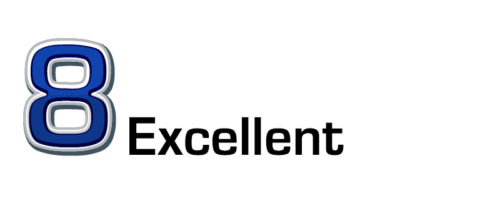

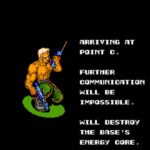
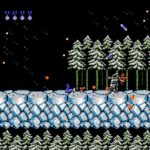
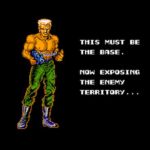
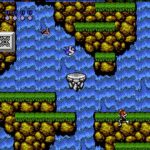
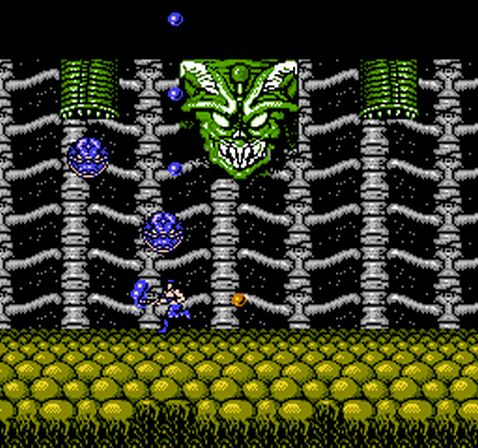
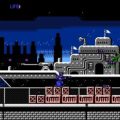

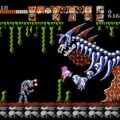
One thought on “Contra (Japan)”